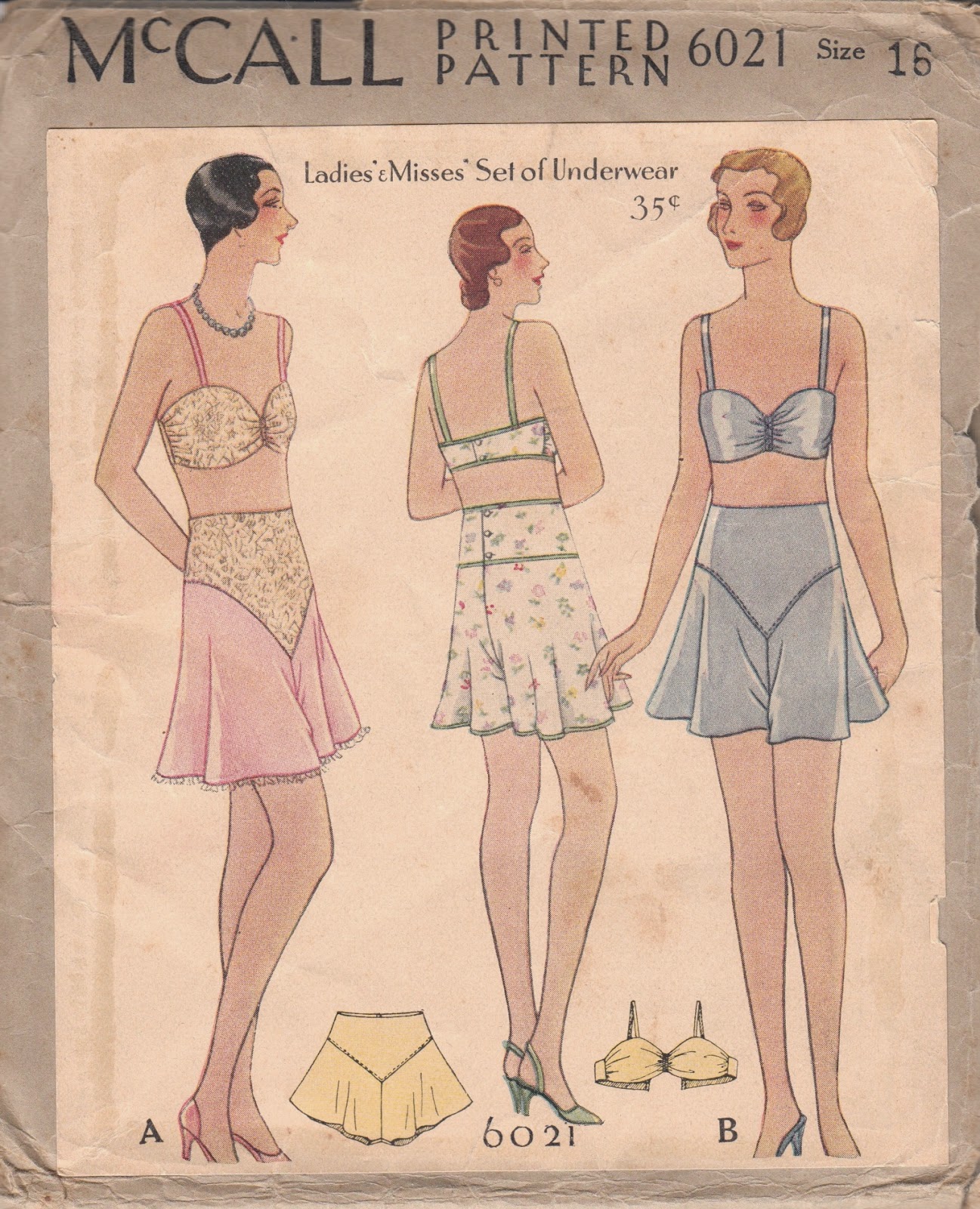1880s Bustle Ensemble - Sewing the Bodice
Once I had the mockup sorted out for my 1880s bodice - I used the Laughing Moon 1890s pattern as my starting point - I could move on to construction. The bodice was made from a polyester brocade fabric flatlined in white cotton. I carefully arranged the pattern pieces on the floral motifs of the brocade to get mirror images of the motifs. The brocade design has a very large repeat, so I prioritized using a reasonable amount of fabric over having perfectly mirrored motifs - I still needed a lot of fabric for the bustle skirt!
I used the View D sleeve pattern, shortened to about elbow length. I also removed about an inch of width from the sleeve cap. I left about 2 inches unstitched at the bottom of the sleeves so that I could turn up the lining for a contrast cuff. I had to take the cuffs in place, because this brocade fabric unfortunately doesn't press well (and it frays SO MUCH).
For additional flare over the bustle, I opened up the one of the side back seams. In hindsight, I should've opened up the seams closer to the center back, as I don't think the flare is quite right.
The front edges of the bodices were turned in and finished with seam binding to provide a sturdy base for the hooks and eyes to be sewn onto. I finished the bottom of the bodice with a wide bias facing, and the top of the bodice with a piping facing - my favorite sewing technique from the mid 19th century!
Unfortunately I forgot to look at my notes before sewing on the neckline piping, and sewed it with a larger seam allowance than intended. The neckline turned out too low and wide... Thankfully, I found a few examples of a period-correct solution to use a wide piece of gathered lace across the neckline.
Evening dress, 1881-84 from the Metropolitan Museum of Art
I ran a ribbon through the bias piping facing, to help snug in the neckline, and tacked on a wide piece of lace with a ribbon run through the edge. I also saw this technique in Costumes in Detail.






















